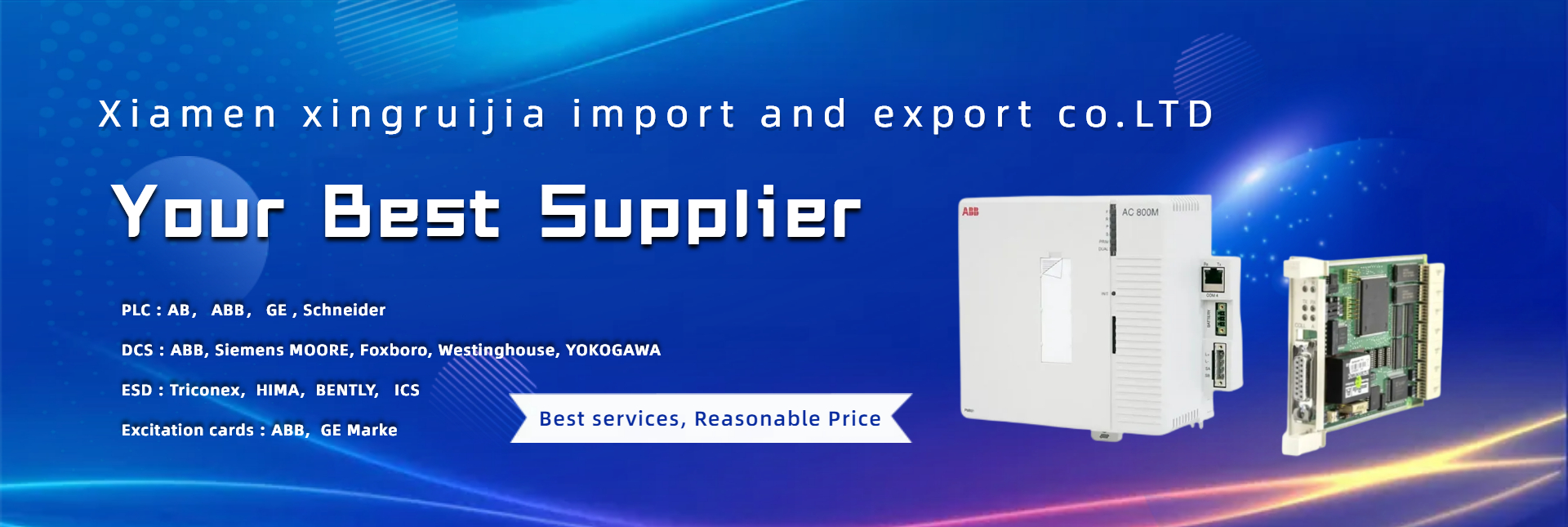Due to the use of power electronic devices as switching devices, the transfer of current between branches inevitably involves changes in the switching state of power electronic devices, including turning off devices that are already in the ON state and turning on devices that are already in the OFF state. Due to the inertia of both devices and circuit components, the switching state transition and current transfer of the above devices cannot be achieved instantaneously, resulting in a transient process between the steady states of the two circuits before and after commutation. This process is called the commutation process.
1. Power electronics device commutation
Utilize the self closing ability of fully controlled devices for commutation. The commutation method in circuits using fully controlled devices such as IGBT, power MOSFET, GTO, and GTR is device commutation.
2. Power electronics Power grid commutation
A commutation method in which the commutation voltage is provided by the power grid. Applying a negative grid voltage to the thyristor to be turned off can turn it off. It is not necessary for the device to have gate turn-off capability, but it is not suitable for passive inverter circuits without AC power grids.
3. Load commutation of power electronic devices
A commutation method in which the load provides commutation voltage. Load commutation can be achieved where the phase of the load current is ahead of the load voltage.
4. Pulse commutation of power electronic devices
The method of setting additional commutation current, providing commutation voltage by capacitors within the commutation current, and controlling power electronic devices to flow from one arm of the current to the other is called pulse current, also known as forced commutation or capacitive commutation. It can be divided into:
1. The commutation voltage is directly provided by the capacitance in the commutation circuit – direct coupled forced commutation.
2. The commutation voltage or commutation current is provided through the coupling of capacitance and inductance in the commutation circuit. Inductively coupled forced commutation is used.
Reliable commutation is a necessary condition for the smooth operation of all converter circuits. The length and quality of the commutation process have a significant impact on the economic and technical performance of the converter circuit.
Post time: Mar-30-2023


